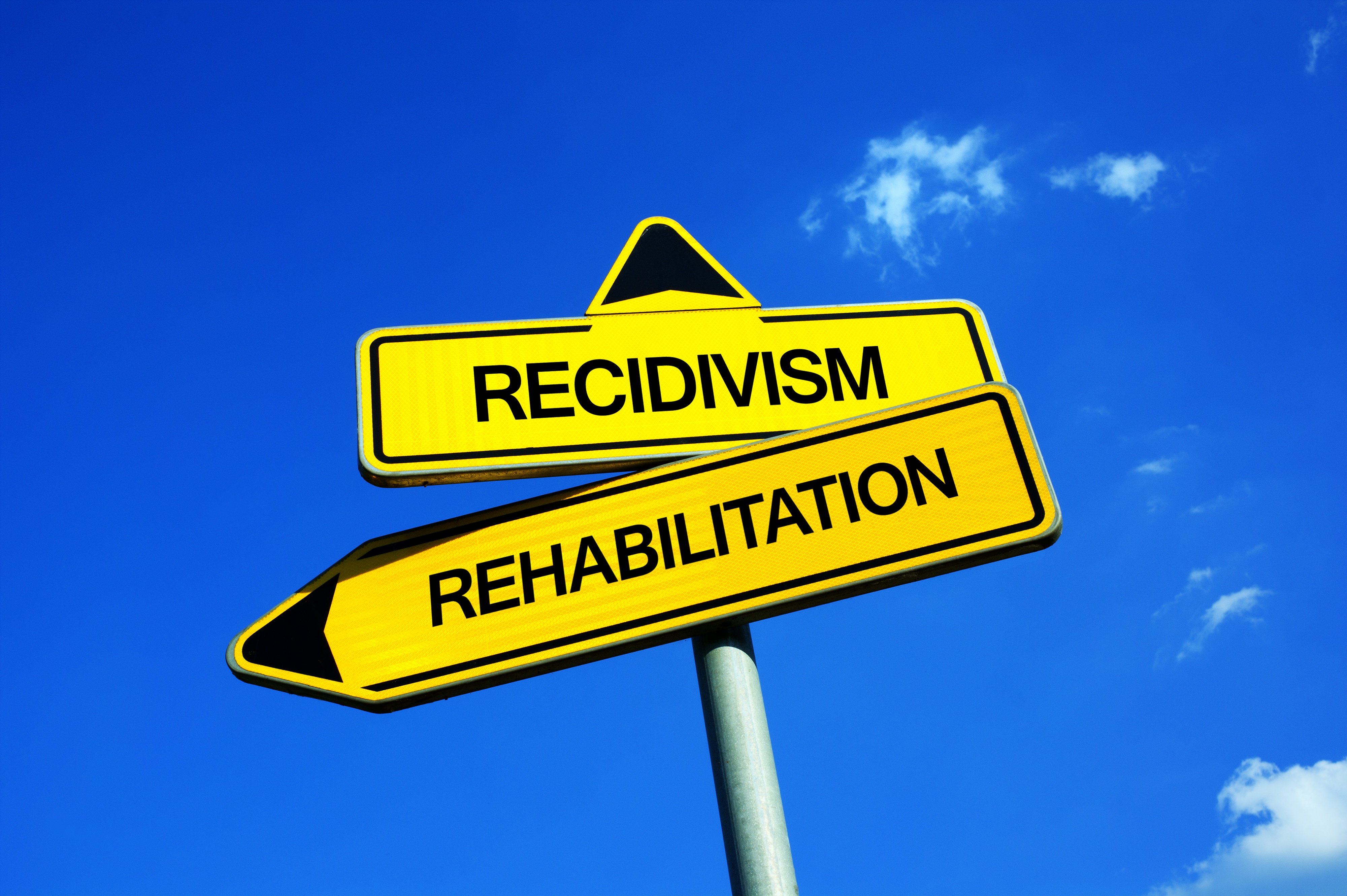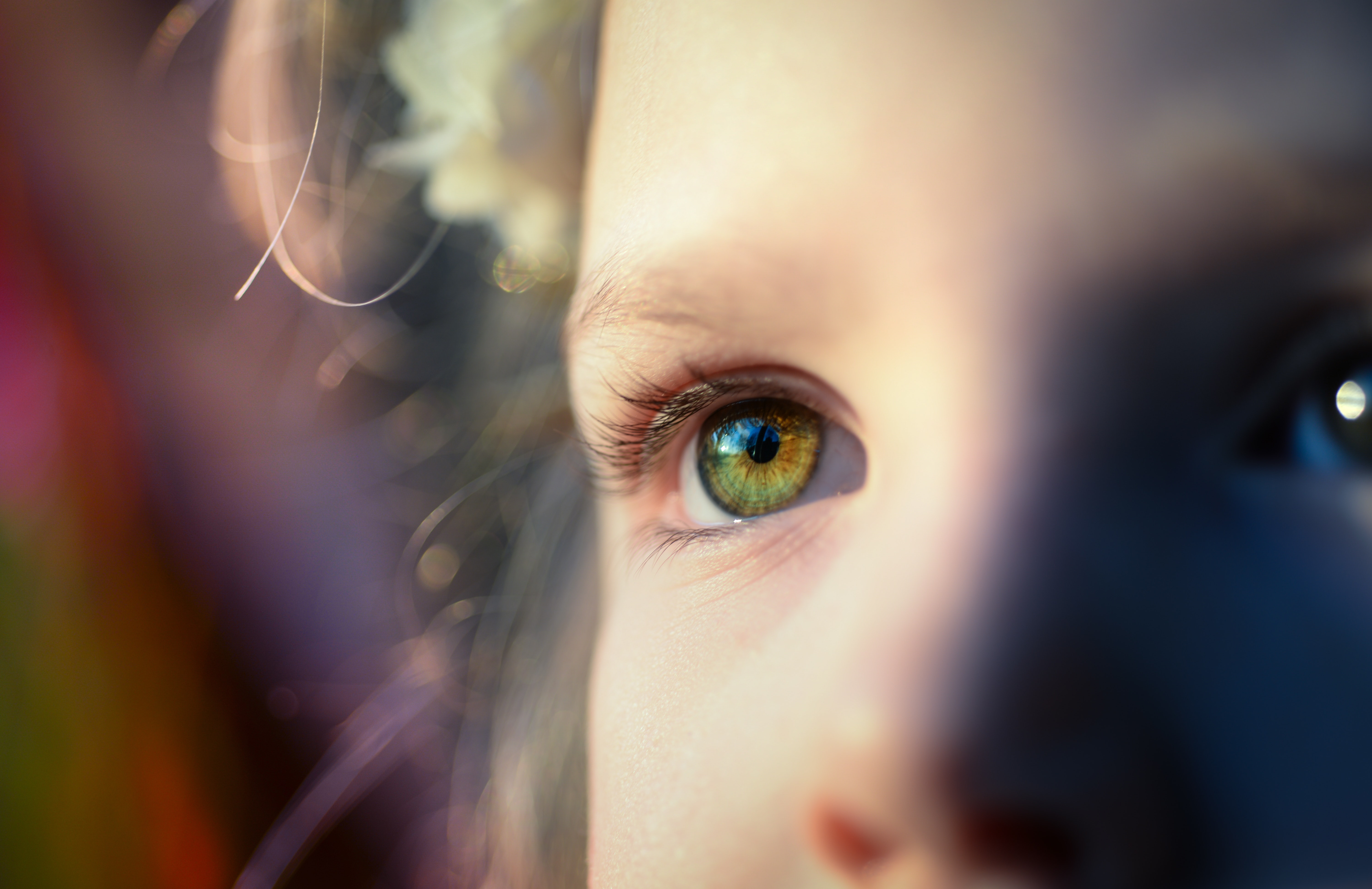 In the middle of her third grade year, eight-year-old Katie learned that she was transferring to an elementary school across town. As the new kid, she didn’t have anyone to play with at recess—Katie felt lonely and would make excuses to stay inside and finish work with her teachers. As the year went on, Katie lost hope. She began self-harming, and eventually developed an eating disorder. These mental health struggles caused her to miss school and fall behind on her work, only adding to her anxiety; eventually, Katie was hospitalized after expressing suicidal ideations.
In the middle of her third grade year, eight-year-old Katie learned that she was transferring to an elementary school across town. As the new kid, she didn’t have anyone to play with at recess—Katie felt lonely and would make excuses to stay inside and finish work with her teachers. As the year went on, Katie lost hope. She began self-harming, and eventually developed an eating disorder. These mental health struggles caused her to miss school and fall behind on her work, only adding to her anxiety; eventually, Katie was hospitalized after expressing suicidal ideations.
Mental health problems, left untreated, can become an unbearable hardship for young students. But if Katie had a comprehensive mental health treatment system in her school—one that intervened and provided support early on in her life—she may have avoided reaching desperation. For students to succeed academically and personally, it’s imperative that schools treat juvenile mental health just as seriously as physical health.


 It was an innocuous summer day in 2009 when DeVonte Jones first exhibited signs of
It was an innocuous summer day in 2009 when DeVonte Jones first exhibited signs of 

 In the middle of her third grade year,
In the middle of her third grade year, 


 Elizabeth’s baby was due in
Elizabeth’s baby was due in  Drug and alcohol use can cause tragedy across all members of society. Perhaps one of the most vulnerable groups is that of juveniles.
Drug and alcohol use can cause tragedy across all members of society. Perhaps one of the most vulnerable groups is that of juveniles.